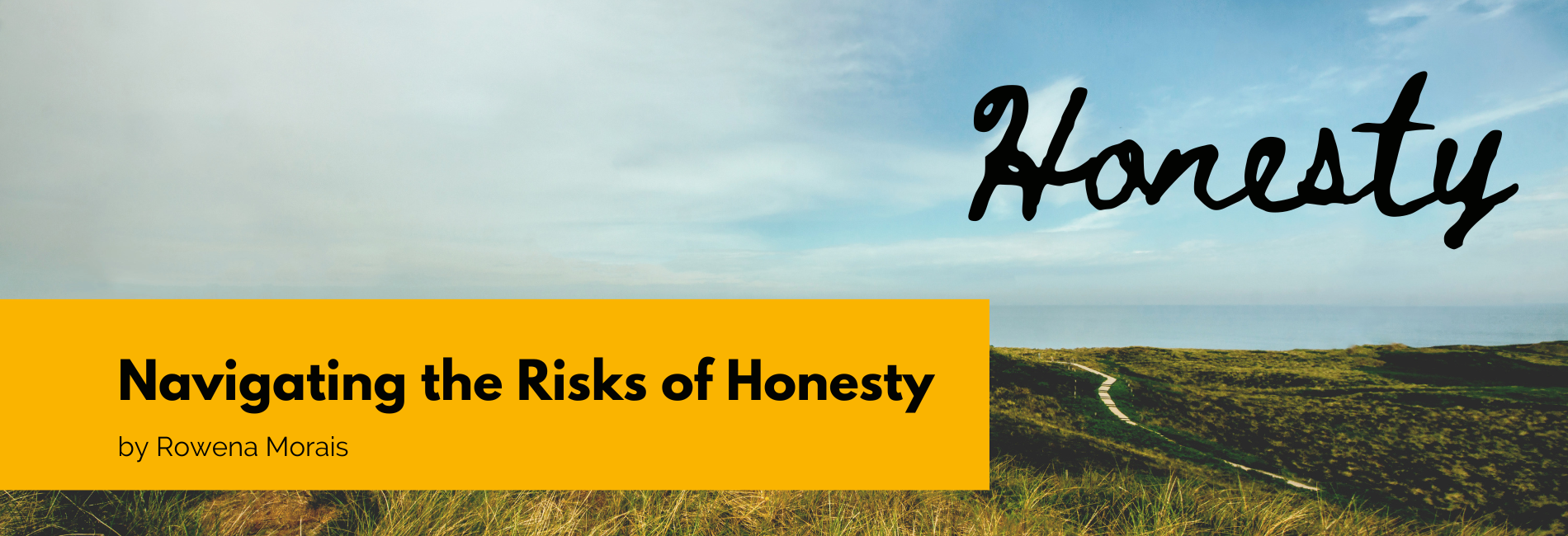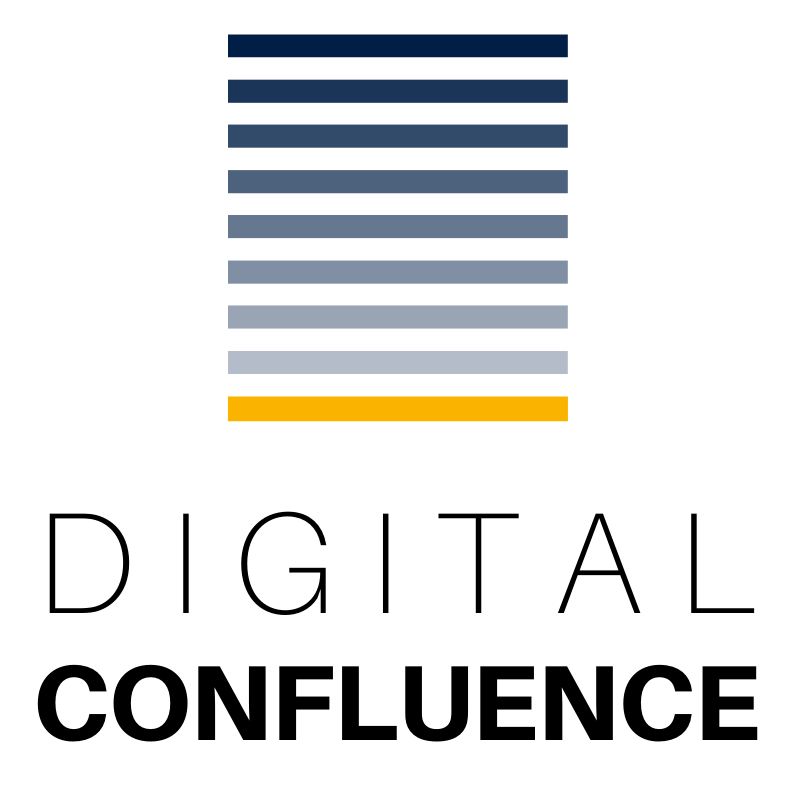
Safe Means Different Things to Different People
Written by Rowena Morais
How often can we say that we’ve felt heard and understood when we are being brutally honest with others? When we feel vulnerable, alone, or fearful, we may not always be open about issues that concern us.
Whether we’re confessing to something we know shouldn’t have been done or acknowledging something we have failed to do, the raw, gnawing feeling can sometimes feel unbearable.
The bottom line for an employee: psychological safety
Now, imagine your honesty impacts someone else.
What if being honest means revisiting a complicated workflow or reassessing everyone’s views on a workplace issue after weeks of tedious deliberation? How would you feel about raising a concern that could have a significant impact on the financial bottom line of your organisation?
Sharing feedback, being honest, and asking hard questions — particularly when it is negative or concerning — can feel incredibly challenging.
We may see signs at our workplace that feedback is welcomed, and even, appreciated. But we may also notice a culture within that clashes with those signs.
If we observe long silences or passive acceptance of issues, we may fear negative consequences if we speak up.
What could be at stake then — our reputation or our job? And how would we even raise a concern?
So far, we’ve looked at this from the perspective of an employee. Now, imagine you’re a manager.
“Sharing feedback, being honest, asking hard questions — particularly when it is negative or concerning — can feel incredibly challenging.”
The bottom line for a manager
As a manager, you’re not just an employee. You may be leading a division, and you may be responsible for teams. Do you see things the way your colleagues do?
As a manager and leader, you have a vital role to play in creating an environment where people can speak up and feel psychologically safe to do so, especially on things that matter. Your employees will look to you for guidance, and they will notice how you respond to feedback.
The things that prevent us from opening up
Employees naturally have a strong desire for self-preservation. They may be concerned about protecting their jobs and livelihood, so it’s not surprising that they may hold back sometimes.
As Brian Beutler says in his article, From Concept To Action: Putting Psychological Safety Into Practice, “When psychological safety is absent in the workplace, the focus becomes avoidance.”
So, how can we ensure that speaking the truth and asking difficult questions won’t have a detrimental effect on those who speak up?
As managers and leaders, it’s our responsibility to create a culture of open communication. At times, this can mean reframing an issue, to encourage more dialogue.
Supporting psychological safety in workplace communication
In organisations, feedback should be welcomed in both open and closed (anonymous) forums to cater to a range of communication styles. Not everyone will speak openly, but if an issue is important, some may share what needs to be said — if they know they’re in a safe space.
Safe means different things to different people.
How can we navigate the risks of honest, open communication?
- Put our ear to the ground, and pay attention not only to what is said but the underlying culture and actions at play.
- Ensure that the systems and processes we have in place support open communication. Create a psychologically safe environment for all.
- Spend time reflecting on what our workplace means to us — knowing ourselves better can provide us with deeper insights.
The workplace is continuously providing feedback on what works and what does not. We simply need to look and listen.
Finally, we don’t have to feel that the answers are all up to us.
In fact, it is liberating to know that we can extend the responsibility for solving problems to our wider organisational community. This collective approach can create joy, hope, enthusiasm and engagement.
The Workplace Therapist, Kate Diggle and myself answer questions on workplace issues – here’s a recent video where we tackle the challenge of providing feedback.
Have you got a burning question on a workplace issue? Submit your question anonymously to The Workplace Therapist and we will record a video response which we will share on social media.
#PsychologicalSafety #SafeWorkplace #SafeConversations #communication
